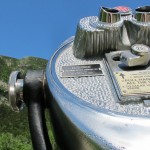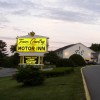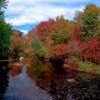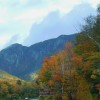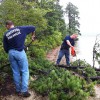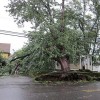Background

Amanda Loder / StateImpact New Hampshire
The natural beauty of the White Mountains makes the region a natural draw for tourists and retirees
This page is no longer being updated. For ongoing coverage of this topic, go to New Hampshire Public Radio.
______
The White Mountains region of New Hampshire covers 46 towns across swaths of Grafton, Carroll, and Coos counties.
As home to the White Mountains National Forest, Franconia Notch State Park (formerly home of the state’s iconic Old Man of the Mountain), and ski resorts, the region is a natural destination for tourists and retirees. For example, the U.S. Census Bureau reports 90 percent of homes in the Waterville Valley are seasonal, as is 70 percent of Lincoln’s housing stock. Yet, the White Mountains is one of the most sparsely populated sections of the state, after the North Country.
Over the years, however, the White Mountains have become more commercialized. A number of national chain retail, restaurant, and hotel franchises believe the thriving tourism industry has created a strong market for their brands. This is especially true in North Conway, which is home to a number of retail outlets.
Despite these successes, the area does face some major challenges. With a poverty rate of 5.9 percent, it’s the third poorest portion of the state, after the North Country (9.5 percent) and the Lakes Region (6.5 percent). And like those neighboring regions, the White Mountains’ heavy dependence on the tourism industry leaves it more vulnerable to economic disruption than areas with a more diversified workforce. During the summer of 2011, for example, the region took a heavy hit with flooding and wind damage from Tropical Storm Irene. Some residents also fear that the controversial Northern Pass power project could disrupt the scenic views that draw outside money to the region.
